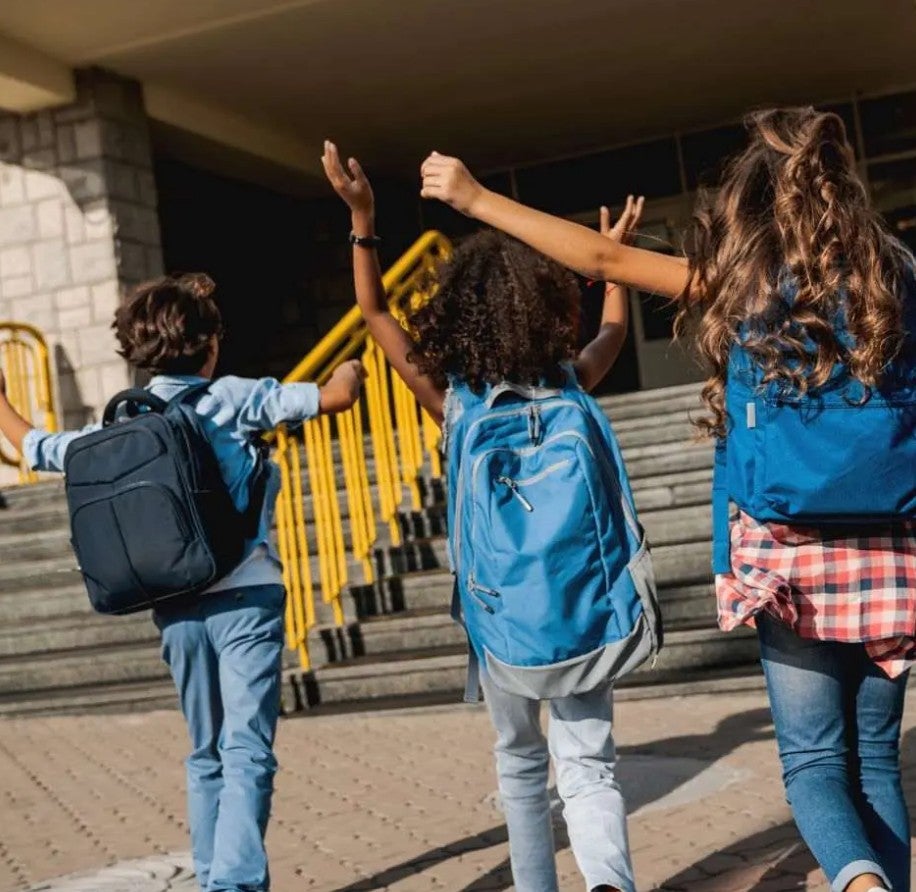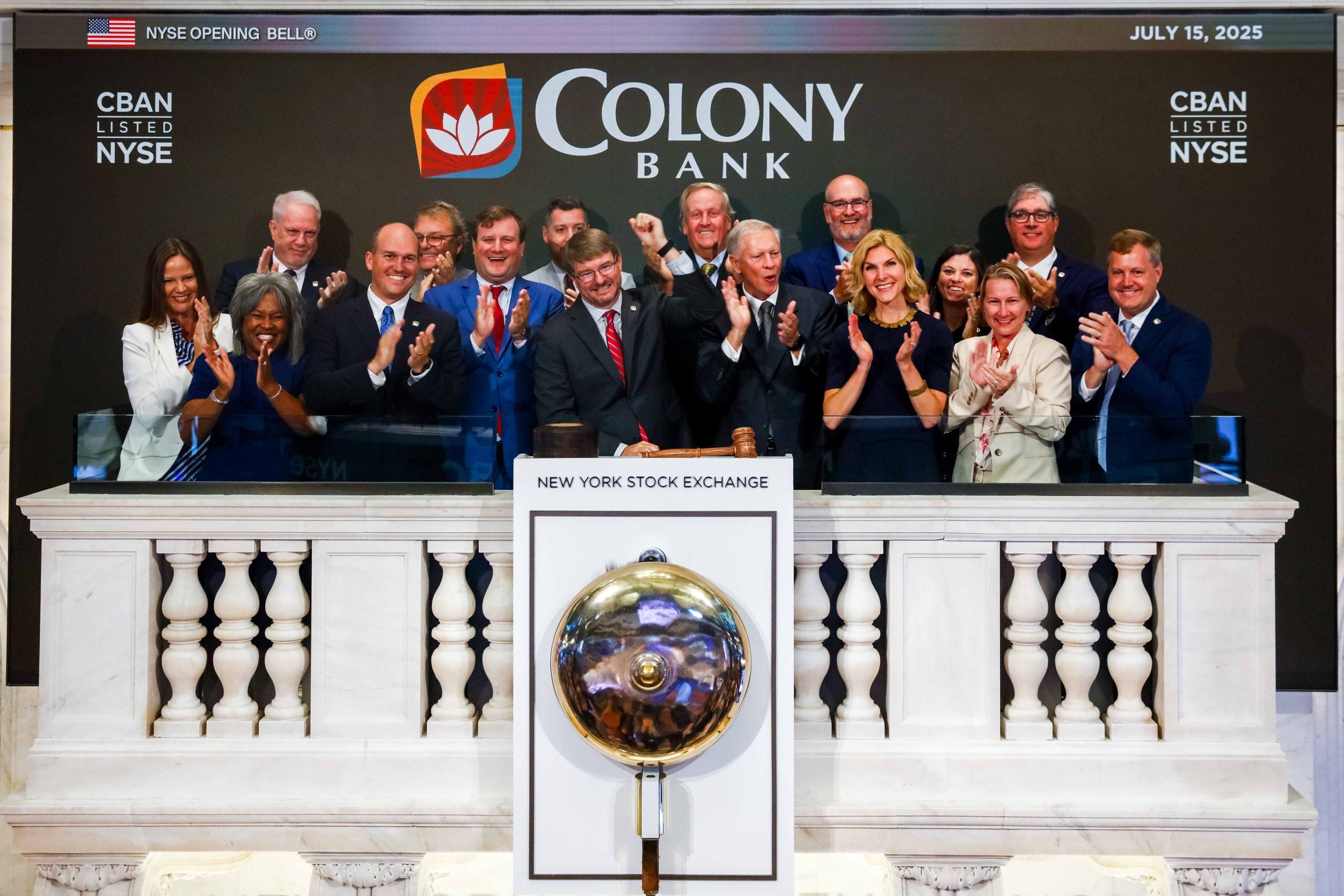As students begin returning to classrooms, parents are hitting stores for clothing and school supplies.
The National Retail Federation (NRF) examined consumer data and the impact of tariffs and inflation on back-to-school spending. ABD joined a webinar held by NRF to outline the findings.
Mark Mathews, Chief Economist and Executive Director of Research for NRF, said what he refers to as “consumer sentiment” is very low, but he has seen a recent bounce.
“When you look at the consumer’s finances, household net worth remains near record highs. We have discretionary income growth, and that’s certainly been solid over the last few years,” he said. “Wages continue to outpace inflation. Unemployment remains historically low, and we’re having reasonable job creation.”
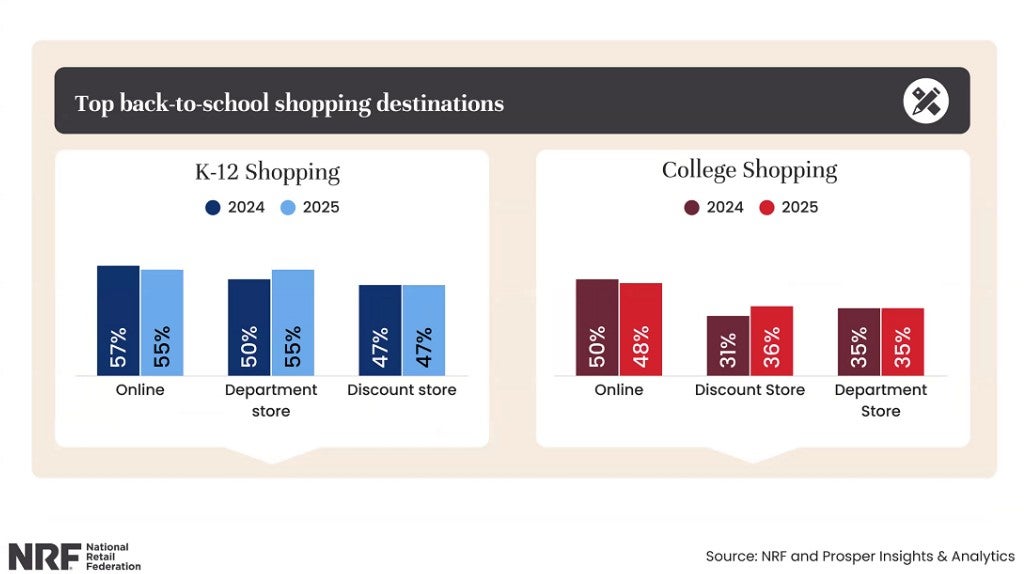
Turning his attention to the rate of inflation, Mathews noted there was a slight increase in the June report, although it was lower than expected based on new tariffs on imports.
“I think it’s important to recognize that fully phased-in tariffs remain below the effective levels. The effective levels are what you hear 16% or 17% fully phased-in tariffs,” he said. “If we look at the total value of taxes raised from tariffs and divide that by the total amount of commodity imports, we’re much lower than the effective rate. So, the full effect of tariffs has yet to hit.”
Mathews said it appears retailers are making every effort to keep prices as low as possible.
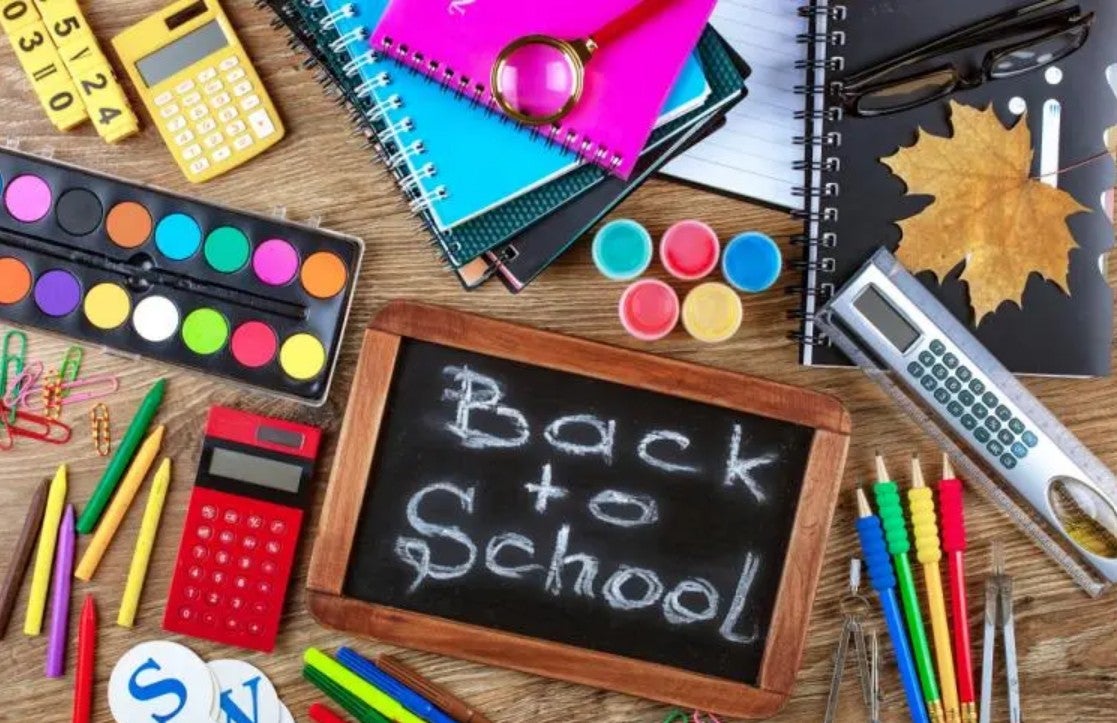
Katherine Cullen, Vice President of Industry and Consumer Insights for NRF, said that it is particularly important for shoppers in lower-income households.
“Lower-income households have been the most vulnerable. They have kind of the least amount of cushion to deal with economic shocks,” she explained. “They’ve already done what they can to adjust to price increases, and so we’ve been watching lower-income households pretty carefully as kind of a bellwether for what’s going on.”
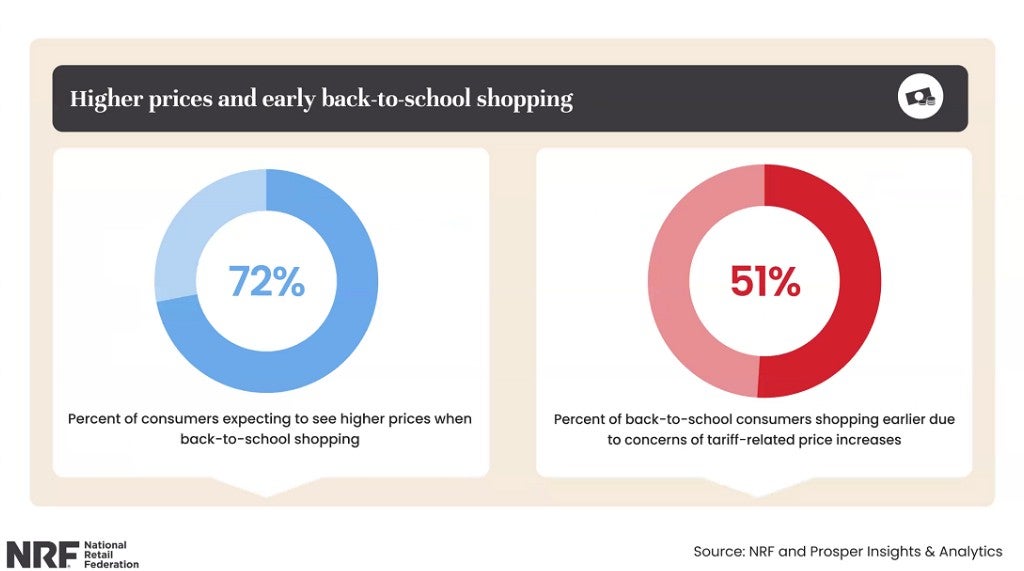
She said most shoppers anticipate facing higher prices for back-to-school shopping, and half plan to shop early to avoid the increase. Shoppers are also shifting to lower-priced brand names to save money. There’s a slight increase in purchases of refurbished electronics to cut costs.
“I think also recognizing that people will probably make their big electronic purchases early in the season, that’s what we tend to see,” she added. “Then we’ll pick up items, smaller items later on. So, if they see a great deal on something like headphones or a smartwatch later on in the season, when they feel they’ve already kind of ticked off everything on their list, or maybe they see a great deal on kind of a refurbish or trade-in option, then they might be more amenable to buying.”
Cullen said another tactic shoppers are using is to begin back-to-school buying earlier to spread out the purchases across multiple paychecks.
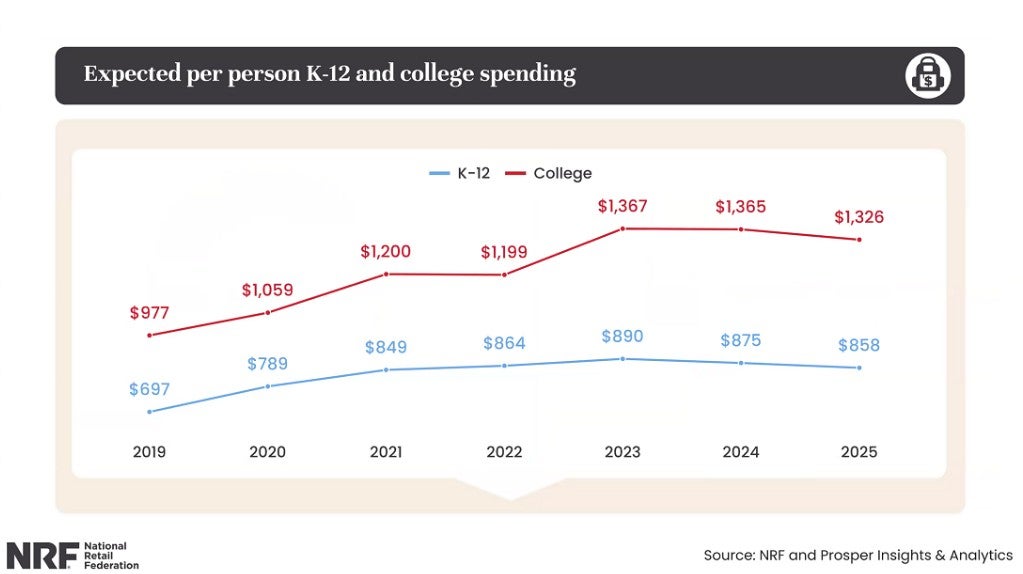
“When we look at how people are spending on a per person basis, we did see that college students and their families are expecting to spend a little over $1,300 on average this year back to school, families about $858 on average,” she said. “This is slightly down from last year. Back in college, shoppers were spending about $40 less on average. Back to school, shoppers are spending about $17 less on average. The biggest category consumers are pulling back in seems to be electronics.”
Despite lower spending trends, Mathews said the retailers have needed stock, and 2025 back-to-school shopping is showing solid numbers at this point.


